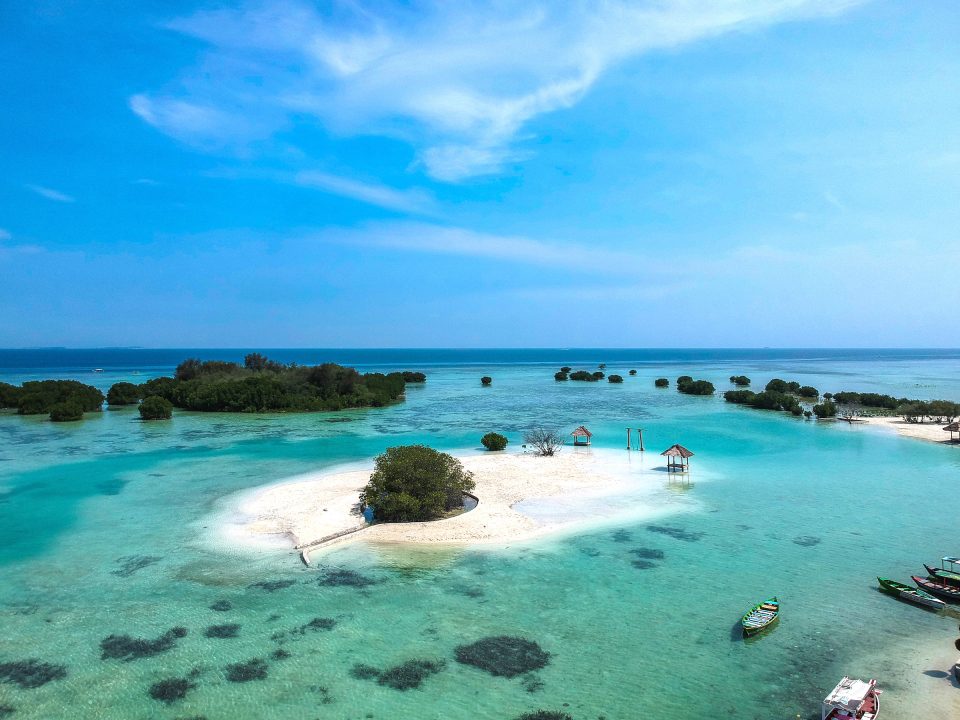Minutes before landing at the Soekarno-Hatta International Airport in Jakarta, you will most likely get glimpses of tiny islands with blue-turquoise water and white sand beaches.
Those are part of the Thousand Islands lying north of the capital.
The seascape with the tiny, glimmering dots should replicate the structure of the biggest archipelago in the world that has 17,500 plus islands.
Once that airplane window teaser is over, you will begin life in the big durian, assuming you are landing and settling down in or around Jakarta. After surviving the heat of paper works, visits to the Immigration Department, and other job-related businesses, you will want to get to know Indonesia. The world out in the streets, at the tourist places, at the restaurants, and elsewhere may be completely different from your cubicle or your chamber. Ideas of exploring the neighborhood and then the provinces will gradually strike your mind. Jakarta is known to have a lifestyle centering around malls, but they may not be the places to get hooked all the time.
Tasting the local delicacy is one of the first steps you will need to take if you are here for a long spell and would like to get into the culture. This may not be very difficult for people who are used to Southeast Asia, but for those coming from totally different climes and palates, Indonesia might give you some early challenges. Think about the tropical heat, or the spicy sambal, or the general co-existence of villages and towns nurtured by rapid urbanization.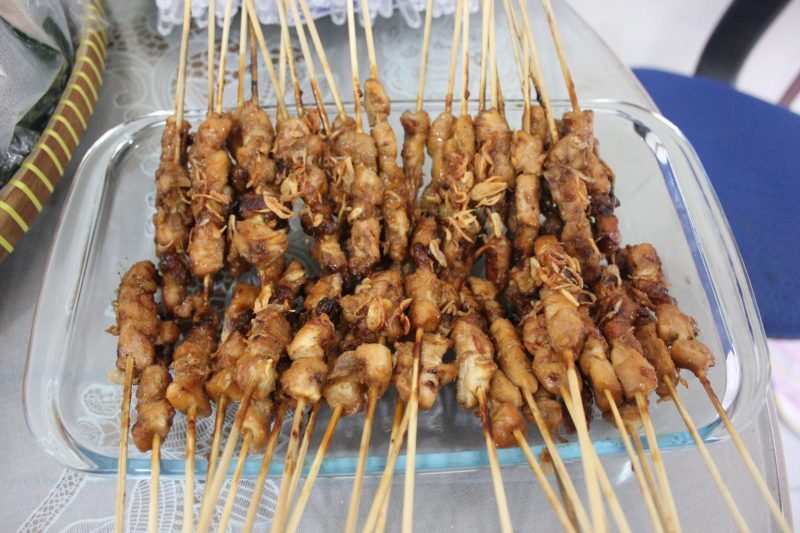
Move around Jakarta that I referred to as the Big Durian earlier. That’s the sobriquet given to the city and the name is very popular with its expatriate community. The fruit durian, though smelly, is popular with the locals. The nickname could probably suggest the love-hate relationship people have with the fruit. Some love it to addiction, some loathe it to irritation. The name’s similarity to The Big Apple is unmissable.
Hop on to a Transjakarta bus that plies the city from one end to another, and get down at the Kota Tua station on a weekend. Kota Tua, or Old Town Jakarta, is where history resonates in the form of old Dutch colonial buildings and a town square that comes alive with street performers, vendors, couples doing pre-wedding photoshoots, cyclists, and weekend revelers. The Taman Fatahillah Museum at the center with its white facade is definitely worth a visit to see artifacts, replicas, and photos of Betawi and Sundanese cultures. And if you are ready to taste the local delicacies, get into Cafe Batavia, located exactly opposite the museum. Some of the first dishes you may try to get initiated into the local food culture would be nasi goreng, sate, and kerak telor.
Nasi goreng, the Southeast Asian-styled fried rice, is part of the menu of almost all eateries in the country. The name can be found whether you are eating from a roadside food stall, a mid-range cafe or a fine dining restaurant. It comes in many shapes and textures and varieties of ingredients, but usually with pieces of meat or chicken, sliced veggies, and omelet. That hot sambal (chili paste) coming with it needs to be consumed with caution. Make sure to pour it over your nasi goreng in small quantities unless you have savored the tongue-sizzling red chili before. Sate (also spelled satay sometimes), is either grilled chicken or meat that is tasted with peanut butter sauce or sweet and spicy soy sauce. A set of sate comes in ten pieces usually and is taken along with rice or any other main dish, or just on its own. Kerak telor is a typical Betawi cuisine, mostly found in Jakarta and nearby areas.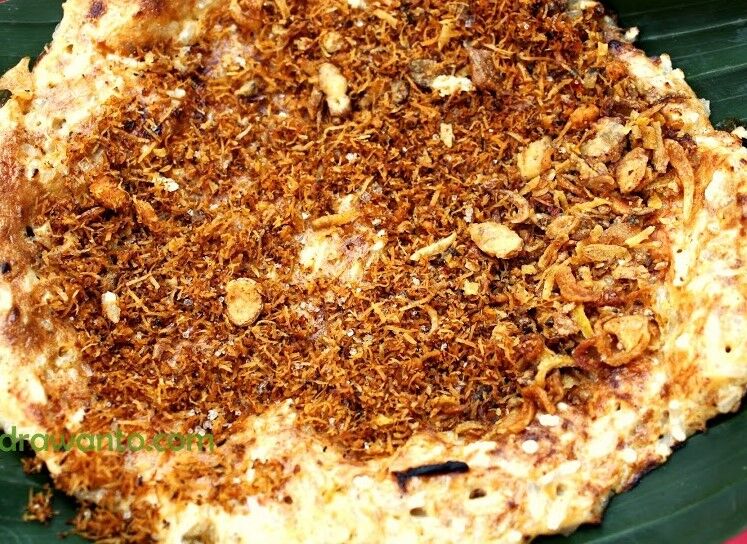
You must have heard a lot about Bali. Its beaches, its nightlife, its culture, its own way of life. So much so that you could be forgiven if ever you had thought that it is a different country and not part of Indonesia. With its Hindu majority population and unique religious and cultural practices, Bali is a standout in the country. Back in the 1960s and 70s, it slowly started getting noticed for its beaches and surf spots. If you are a party-goer and would like to dance, indulge in games, or just enjoy some drinks with friends, south Bali (Kuta, Legian, Seminyak, and other nearby areas which are all connected) provides you with innumerable choices of bars, cafes, and clubs. An hour or two’s trip from south Bali will take you to the cradles of Balinese culture – Ubud with its quarters of temples, lakes, and a sacred Monkey Forest, Besakih with the biggest temple on the island with the backdrop of the Mt. Agung volcano and Bedugul with a serene lake, Danau Beratan and the Ulundanu temple on its middle.
While slowly and steadily getting into a few years of experience living in the country, visiting different places, you may set your eyes on crossing the Java Sea and try to see what eastern Indonesia looks like. One of the places that could offer an experience different from your everyday scenes in the western part of the country is Manado. The provincial capital of North Sulawesi, its culture is shaped up more by the neighboring Philippines than by pan-Indonesian identities. With its dominant Protestant Christian culture, Manado has many curious characteristics that would sound and look foreign to many other Indonesians.
You will most likely start your trip from the beaches in and around the town and then take a boat to Bunaken, a world-famous diving spot. Or, drive to Likupang on the edge of north-east Sulawesi, one of the five new destinations promoted by the Indonesian government as the Five New Balis.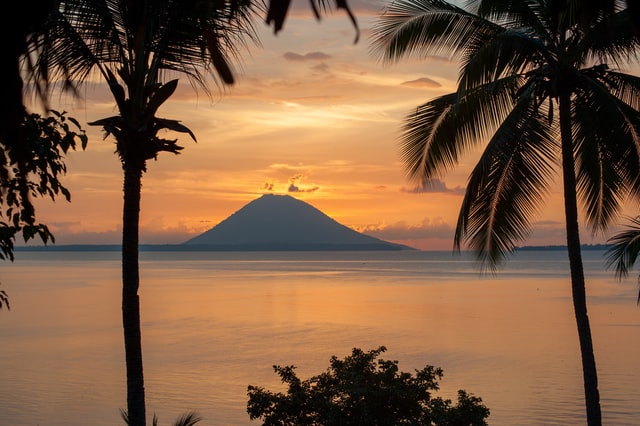
Arrange a trip to Tomohon to visit the Minahasa community houses to witness their dance performances and learn about the most populous ethnic group in North Sulawesi. If that is not what makes up your travel, then head to the Tangkoko-Batuangas Nature Reserve, where you may trek in the woods and reach some exotic places where the jungle meets the sea. Do an early evening trek; your guide should be able to show you the world’s smallest primate, the Indonesian tarsier. These pigmy creatures are mostly nocturnal and arboreal and are very shy to show up.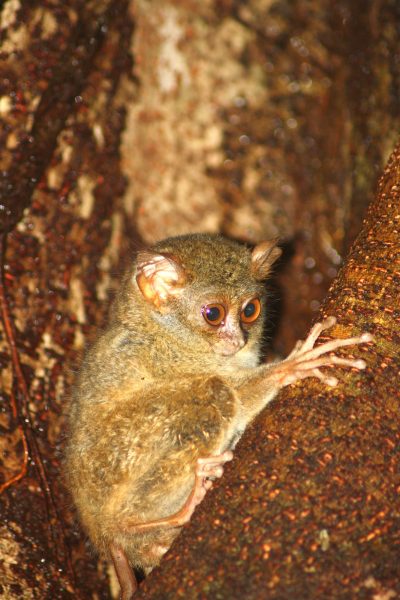
Who dares take a photo of a Komodo Dragon while its eyes are full of concentration, or its bacteria-laden tongue is lolling out? The only way to see these creatures – with deep prehistoric background – in the wild is to fly to Labuan Bajo (capital of Flores, East Nusa Tenggara) and then hop on to a boat to sail to the Komodo National Park. The dragons can be seen on Rinca and Komodo islands. There are a few other smaller islands where they inhabit too, but chances of spotting them there are slim to none. Moreover, tourist services to those islands may not be available.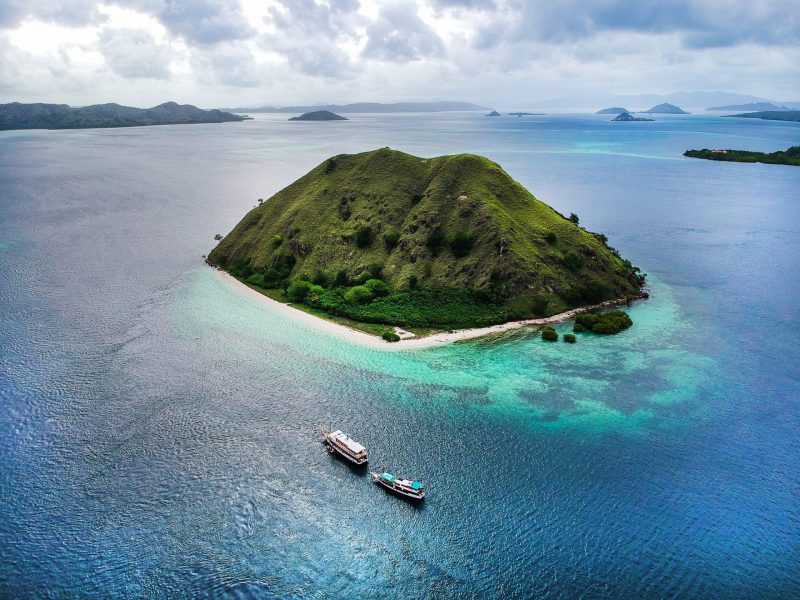
The Komodo Dragons are not as dangerous as they were in the past. Ever since the creation of the National Park in 1980, the gap between the settlers and the dragons has been getting bridged steadily. While on the National Park, do not miss the chance to hike the Padar island hill. From the top, you will get arguably the most beautiful landscape view in the country. People normally hike up early in the morning to get a view of the sunrise.




